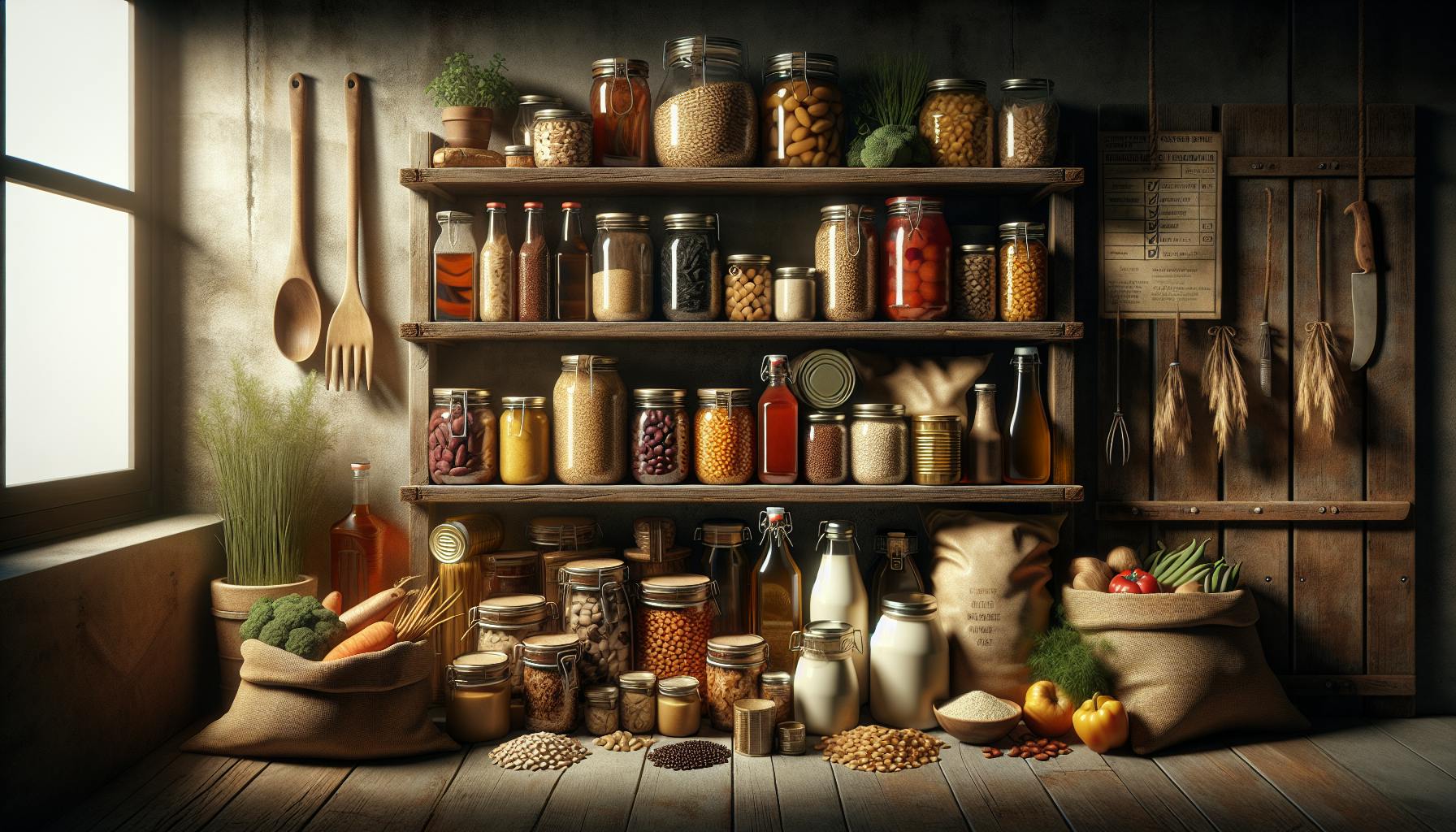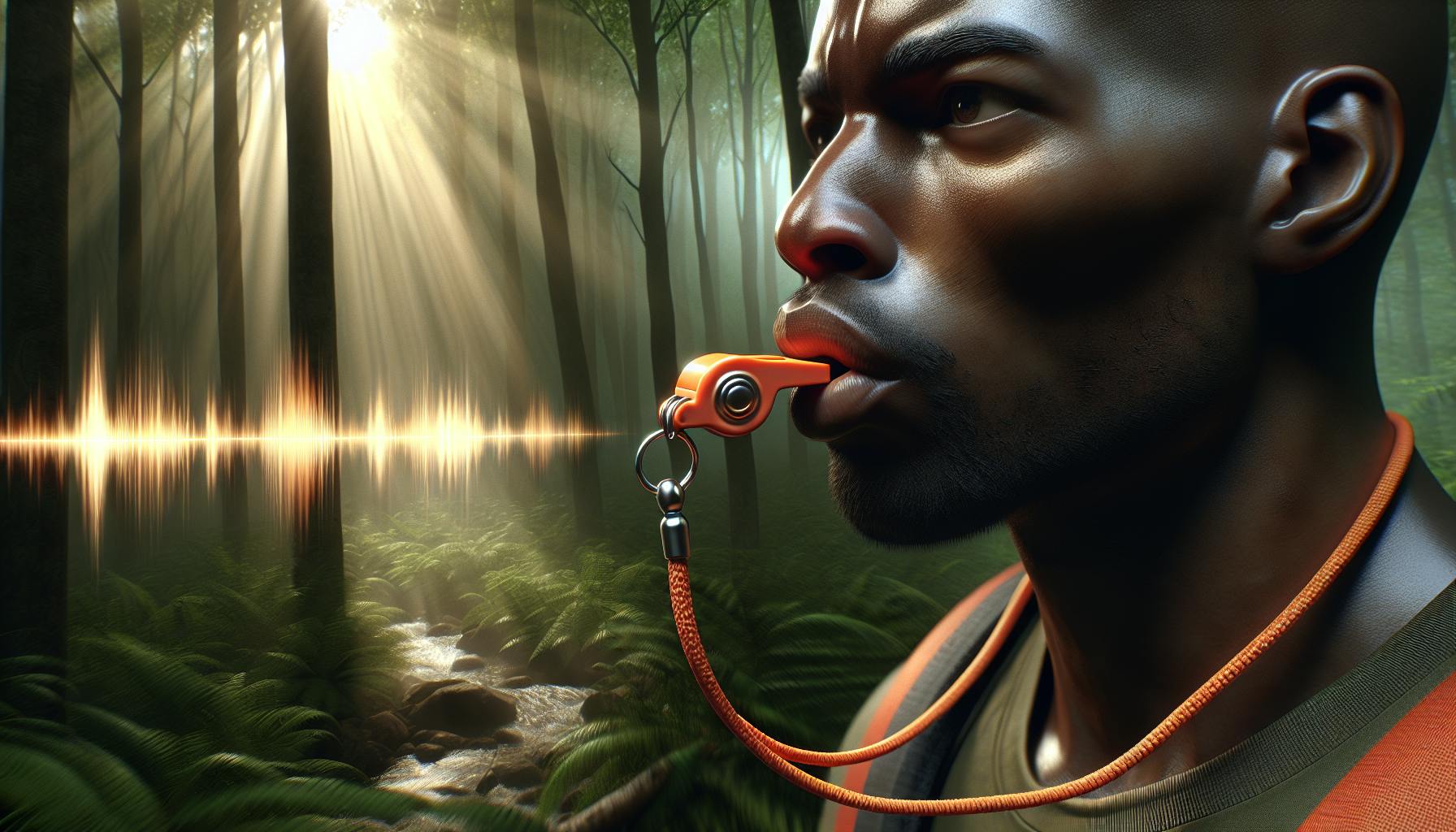Introduction to Creating the Ultimate Go Bag Kit
Having a well-stocked go bag kit is one of the most important steps you can take to prepare for natural disasters. A go bag contains all the essential supplies you may need to survive for several days when you have to evacuate quickly. The goal is to have a lightweight yet complete portable kit ready to go at a moment's notice. When selecting items, prioritize portability, durability, and utility. Tailor the contents of your kit to the types of natural disasters most likely to strike your region, such as earthquakes, hurricanes, floods, blizzards, or tornadoes. In this comprehensive guide, we'll provide a detailed checklist of everything you need in a go bag kit for surviving natural disasters and safely evacuating.
Emergency Food and Water Supplies
Food and water will be your most critical supplies following an emergency evacuation or natural disaster. Your go bag should contain at least 3 days worth of non-perishable, high-calorie foods that don't require any cooking. Great options include protein or granola bars, beef jerky, canned meat/fish, dried fruits and nuts, peanut butter, and crackers. Look for granola bars with at least 200 calories and 5g of protein per bar like Nature Valley Crunchy Bars or Clif Bars for sustained energy. Choose soft, pressed bars that won't easily crumble. Beef jerky containing at least 15g of protein per ounce provides a hearty protein source.
Canned vegetables, beans, and soup can provide balanced nutrition. Look for pop-top cans that don't require a can opener. For safe drinking water, pack powdered electrolyte drinks, tea bags, and collapsible water bottles. Water purification tablets like Potable Aqua can purify questionable water sources. A portable water filter like the LifeStraw can also produce safe drinking water.
Key Food Items
- Canned beans, vegetables, soups - for balanced nutrition. Choose pop-top cans.
- Beef jerky or dried meats - Look for at least 15g protein per ounce.
- Granola/cereal bars - Soft, pressed bars with 200+ calories and 5g+ protein.
- Nuts and dried fruits - for healthy fats. Prioritize calorie density.
- Crackers - Choose individually wrapped packs for freshness.
Essential Utilities
- Water purification tablets - Potable Aqua for questionable water sources.
- Collapsible water bottles - Platypus Foldable Bottles saves pack space.
- Pocket knife/multi-tool - Victorinox Swiss Army Knife is a classic choice.
- Pop-top canned goods - No can opener required to access contents.
- Utensils like spoons, forks - Lightweight folding or spork options.
First Aid Supplies
A well-stocked first aid kit is a must-have for your go bag. Buy a ready-made first aid kit or build your own by gathering supplies in a clear, watertight plastic bag or box. This allows you to customize the kit based on your family's needs. Pack essentials like various sizes of sterile adhesive bandages, gauze pads, medical tape, antibacterial ointment, and antiseptic wipes.
For medications, include over-the-counter pain/fever relievers such as aspirin, ibuprofen, or acetaminophen. Antihistamines like diphenhydramine can treat allergic reactions. Prescription medications you normally take should be included. Also pack supplies like trauma shears, tweezers, a thermometer, safety pins, and cotton swabs. Hand sanitizer, protective gloves, face masks, and other sanitation items are critical.
First Aid Essentials
- Adhesive bandages - variety of sizes for wounds. Prioritize waterproof.
- Gauze pads - Absorbent sterile pads to control bleeding.
- Antibiotic ointment - Neosporin to prevent infection.
- Ibuprofen - for pain relief and anti-inflammatory.
- Antihistamine - Benadryl for allergic reactions.
Safety and Sanitation
- Nitrile gloves - to keep hands protected from biohazards.
- Hand sanitizer - Purell to maintain hygiene without water.
- Sunscreen - SPF 30+ to prevent burns if outdoors.
- Digital thermometer - to check for fever indicating infection.
- CPR face shield - to safely perform CPR if needed.
Equipment for Navigation and Signaling
Emergency equipment for navigation, communication, lighting and signaling could be critical for your safety. Be sure to pack a crank or battery powered radio like the Midland ER310 to receive important weather alerts and emergency broadcasts if the power is out. Having multiple light sources like LED flashlights, glow sticks and lanterns is essential. Choose an LED flashlight with at least 300 lumens brightness like the Anker Bolder LC90.
For navigating your way to safety, include a compass, maps of the local area, and Fox 40 Micro whistles for signaling. A multi-tool like a Leatherman Sidekick, pocket knife, duct tape and 550 paracord can also come in handy in numerous disaster scenarios.
Light and Communication
- Hand crank radio - Midland ER310 works without batteries.
- LED flashlight - Bright 300+ lumen light like Anker LC90.
- Extra batteries - For all battery powered devices. Prioritize lithium batteries for longevity.
- Glow sticks - For visible markers in the dark. Get 5-hour and 24-hour sticks.
- Emergency blanket - Retains heat and waterproof barrier.
Navigation Aids
- Compass - Choose one with sighting mirror like Suunto MC-2.
- Local map - Laminated and waterproof state map from Mapsco.
- Whistle - Fox 40 Micro is ultra loud and never needs batteries.
- Paracord - 550 type can withstand over 200 lbs of force.
- Duct tape - Can quickly patch and repair gear.
Clothing and Shelter Needs
Your go-bag should contain at least 1 complete change of warm, protective clothing suitable for the disasters you are preparing for. Choose moisture-wicking, quick-drying fabrics like merino wool, fleece or synthetic fibers. Brands like Smartwool and Patagonia offer durable, versatile options. Pack extra layers like silk long underwear and thick wool hiking socks from Darn Tough.
Include outerwear like lightweight Gore-Tex jackets from The North Face, durable pants and gloves, face masks, and headwear to protect from the elements. A tube tent or tarp can provide crucial temporary shelter. Having dry footwear and clothing will be critical, so choose materials that insulate even when wet.
Key Clothing Items
- Wool hiking socks - Darn Tough for comfort and warmth.
- Long sleeve base layer - Merino wool regulates temperature.
- Hiking pants - Lightweight, abrasion-resistant and quick-drying.
- Moisture-wicking underwear - Prevents chafing and blisters.
- Insulated jacket - Retains heat when wet.
Extras for Protection
- Fleece beanie - Covers head, ears, and neck.
- Work gloves - Protect hands from debris and prying.
- N95 face masks - Filters 95% of air particles.
- Mylar blanket - Retains 90% of body heat.
- Folding shovel - Lightweight to clear brush or snow.
Miscellaneous Essentials
Some final miscellaneous items that are good to have on hand include emergency cash, copies of important documents, and contact info for loved ones. Keep copies of key documents like ID cards, insurance policies and emergency contacts printed out or on a USB drive and sealed in a waterproof bag. Having $100-$200 in small bills can be useful if electronic payments are down.
Also be sure to pack any needed medications, prescriptions, medical items and pet supplies like collapsible bowls, food, plastic baggies for waste and a leash. A paper map of your state clearly marked with meeting points, rally locations and evacuation sites can also be extremely useful if you become displaced from your home.
Useful Extras
- Emergency cash - At least $100-$200 in small bills.
- Copies of identification - Scans or photocopies sealed in plastic bag.
- Special medication - Such as epi-pens and inhalers.
- Pet supplies - Food, bowls, poop bags, collar/leash.
- Multivitamins - For nutritional supplementation if food limited.
Morale Boosters
- Paperback book - Entertainment if no power.
- Deck of cards - Playing cards to pass time.
- Notepad and pen - For leaving notes and tracking info.
- Family photos - Small printed photos for comfort.
- Hard candy - Dual purpose quick energy and morale boost.
Finalizing and Maintaining Your Go Bag Kit
Use a durable, water-resistant backpack or duffel specifically designed as a go-bag, around 20-30L capacity. Look for compartments to organize gear and attachment points for carabiners. Maximize space efficiently in your pack and prevent shifting. Label medications and specialized gear. Inspect your go-bag every 6 months, replacing expired food, water, medicine, and outdated supplies as needed.
Rotate out food/water every 6-12 months. Canned goods can last 2-5 years but swap out periodically. Bottled water lasts about 6 months before needing replacement. Check expiration dates on medical supplies, lights, batteries, gas masks, etc.
Keep your go-bag in an easily accessible spot like front closet or garage. Ensure all family members know where it is located. During an evacuation, quickly grab bag and essentials like pets and get out promptly to your meeting point or shelter location. Follow rally routes to regroup if separated. Your go-bag provides the critical supplies you'll need to stabilize in the aftermath.


